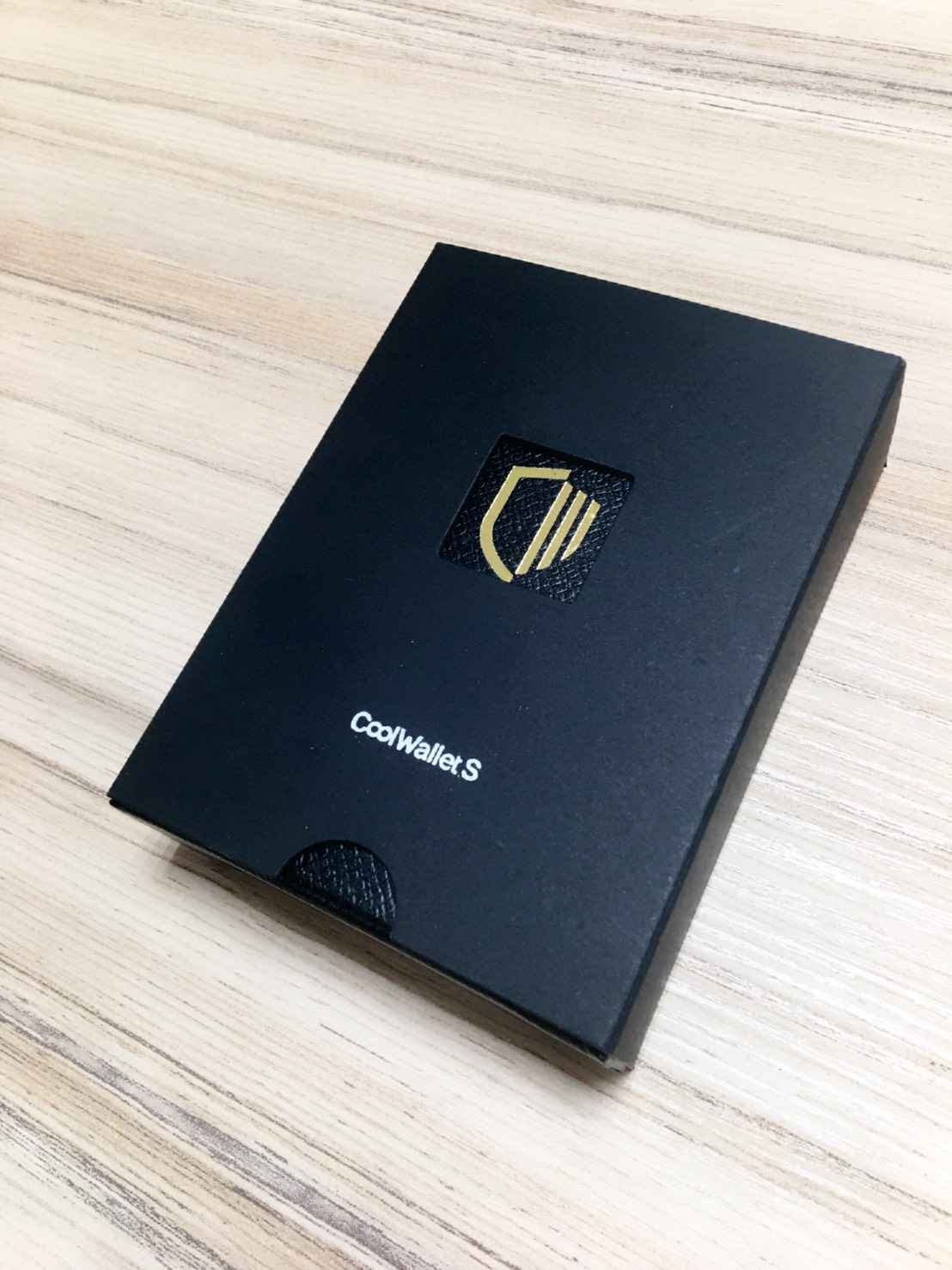
Hardware wallets are important for storing cryptocurrencies securely, but they are not immune to side-channel attacks, which exploit unintentional leaks of information during operation. These attacks can compromise sensitive data, making it imperative for users and developers to implement advanced protection techniques. This blog post explores effective strategies to mitigate risks associated with side-channel vulnerabilities, ensuring a more secure storage environment for digital assets.
Key Takeaways:
- Side-channel attacks exploit physical leakages in hardware wallets, such as timing, power consumption, and electromagnetic emissions, to extract sensitive information.
- Implementing advanced protection techniques, like shielding and noise generation, enhances the security of hardware wallets against potential side-channel threats.
- Regular updates and cryptographic algorithm enhancements are necessary to mitigate risks associated with evolving side-channel attack methodologies.
Overview of Hardware Wallets
A hardware wallet is a physical device specifically designed to securely store cryptocurrency private keys. These wallets provide a significant layer of security compared to software wallets, as they are less susceptible to hacking and malware. The primary purpose of hardware wallets is to ensure that users can safely manage their digital assets while limiting exposure to potential threats.
Definition and Purpose
Around the world, individuals are increasingly seeking ways to protect their cryptocurrency holdings. Hardware wallets serve as a solution by allowing users to store their private keys offline, which minimizes the risk of unauthorized access. The purpose of these devices goes beyond mere storage; they also facilitate secure transactions and enhance user control over their cryptocurrencies.
Types of Hardware Wallets
At a basic level, hardware wallets can be categorized into several types based on their functionality and design. Users can choose from USB devices, Bluetooth-enabled wallets, and secure elements that offer advanced security features. Below is a table summarizing the main types:
| Type | Description |
| USB Hardware Wallets | Connects to computers to manage cryptocurrencies. |
| Bluetooth Wallets | Allows mobile connectivity for easy access on-the-go. |
| Secure Elements | Utilizes specialized chips for enhanced security. |
| Paper Wallets | Physical printouts of keys stored offline. |
| Multi-signature Wallets | Requires multiple keys for transaction validation. |
Assume that users who opt for Bluetooth-enabled wallets are prioritizing convenience, while those who choose USB devices may emphasize traditional security protocols. The increasing sophistication of hardware wallet designs serves to protect clients’ digital assets better. Below is a detailed breakdown of hardware wallet types:
| Type | Features |
| USB Wallets | Direct connection, widely supported, secure against viruses. |
| Bluetooth Wallets | Wireless access, suitable for mobile transactions. |
| Secure Elements | High-end security, tamper-proof technology. |
| Paper Wallets | Offline storage, no digital vulnerability. |
| Multi-signature Wallets | Enhanced security through collaborative verification. |
At the end of the day, users must assess their needs and risk tolerance when selecting a hardware wallet. Important factors like usability, security features, and compatibility heavily influence their choice. Assume that the correct understanding of these types will lead to safer cryptocurrency management.
Side-Channel Attacks Explained
The primary objective of side-channel attacks is to exploit unintended information leakage from hardware devices. Rather than breaking encryption directly, these attacks analyze physical phenomena such as power consumption, electromagnetic emissions, or timing variations to extract sensitive information, like cryptographic keys. This method relies on the fact that physical operations within a device can reveal patterns that correlate with inner processes, leading attackers to infer secret data without needing direct access to it.
Types of Side-Channel Attacks
Attacks can be classified into various types based on the nature of their information sources and methodologies. The following table summarizes key types of side-channel attacks:
| Type of Attack | Description |
|---|---|
| Timing Attacks | Examine the duration of operations to infer secret data. |
| Power Analysis | Measure power consumption during cryptographic operations. |
| Electromagnetic Attacks | Capture electromagnetic emissions to gain insights. |
| Fault Injection | Create errors in processes to uncover sensitive information. |
| Columbia Attacks | Utilize a variety of correlations to expose secret keys. |
- Timing Attacks
- Power Analysis
- Electromagnetic Attacks
- Fault Injection
- Columbia Attacks
Assume that a device’s electrical patterns can be observed; these signals can be exploited in various ways for unauthorized access.
Impact on Hardware Wallet Security
Any vulnerability related to side-channel attacks poses significant risks to hardware wallet security. If attackers can uncover sensitive information such as private keys, the entire ecosystem of digital currency can be compromised. The repercussions are not limited to financial losses but also extend to a loss of trust in the security mechanisms of such wallets, with users possibly moving away from hardware-based solutions altogether.
With the rise of sophisticated side-channel attack techniques, hardware wallets face an increasing threat landscape. It’s imperative for manufacturers to implement advanced countermeasures, such as randomized algorithms and enhanced physical shielding, to mitigate these risks effectively. By making security a priority, the integrity of digital assets can be preserved against potential breaches from these latent vulnerabilities.
Advanced Protection Techniques
All hardware wallet users should be aware of advanced protection techniques against side-channel attacks. Employing a multi-layered approach ensures that sensitive information remains secure despite potential vulnerabilities. This includes both physical and software-based countermeasures that enhance the overall security posture of the wallet.
- Implement secure enclosure designs
- Use tamper-evident seals
- Incorporate active shielding
- Regularly update firmware
- Employ cryptographic algorithms designed for hardware wallets
| Physical Security Measures | Software-Based Countermeasures |
| Utilize tamper-resistant materials and designs | Regular updates to patch vulnerabilities |
| Enforce strict access controls | Implement runtime protection mechanisms |
| Conduct environment monitoring | Utilize anomaly detection systems |
Physical Security Measures
Security in hardware wallets begins with robust physical measures. Implementing tamper-resistant housings and utilizing materials that can withstand physical attacks are fundamental in protecting the wallet’s integrity. Enforcing strict access controls, such as biometric authentication or multi-factor authorization, can further deter unauthorized access.
Moreover, conducting environmental monitoring to detect any tampering attempts contributes significantly to enhancing security. Evaluating the physical location where hardware wallets are stored is necessary for maintaining safety, ensuring they are kept in secure environments away from potential threats.
Software-Based Countermeasures
Techniques employed in software can significantly reduce the risk of successful side-channel attacks. Regular updates are necessary to patch any identified vulnerabilities, strengthening the wallet’s defenses over time. Additionally, runtime protection mechanisms can be implemented to safeguard against code injection attacks.
It is necessary to utilize anomaly detection systems that monitor for irregular behaviors that may indicate a side-channel attack. These software-based approaches, when combined with robust physical security measures, create a comprehensive defense against potential threats, ensuring the hardware wallet remains secure.
Case Studies of Side-Channel Attacks
Despite advances in hardware security, several case studies illustrate the effectiveness of side-channel attacks against hardware wallets. These attacks exploit information leaked during the processing of cryptographic operations, resulting in unauthorized access to sensitive data. The following bullet points summarize key instances where side-channel attacks have been successfully executed:
- Research by the University of Leuven (2018) demonstrated an attack on a popular hardware wallet, achieving key recovery in less than 10 minutes.
- Battle of the Side-Channel Attackers (2019) showcased various teams utilizing different approaches; one group managed to extract private keys with >80% success during live demonstrations.
- TSG’s Leak Analysis (2020) uncovered vulnerabilities in session key protocols, enabling researchers to recover sensitive data with over 50% accuracy using a simple differential power analysis.
- Vulnerability Assessment at DEF CON (2021) revealed methods that could capture hardware wallet operations via thermal imaging, resulting in data retrieval rates exceeding 75%.
Real-World Examples
At the forefront of hardware wallet vulnerabilities are real-world examples that underscore the dangers posed by side-channel attacks. One noticeable case involved a group of ethical hackers who targeted a leading hardware wallet brand during a penetration test in 2020. The hackers managed to exploit timing discrepancies within the wallet’s encryption routines, allowing them to extract confidential keys with minimal effort. Such instances highlight the practical implications of theoretical vulnerabilities.
Another compelling example occurred when researchers from an academic institution successfully retrieved sensitive data from a widely-used hardware wallet by applying simple electromagnetic analysis techniques. This incident led to a significant overhaul of the device’s security measures, illustrating how attackers can exploit potential weaknesses effectively if not addressed. These cases emphasize that even well-designed systems can fall prey to sophisticated side-channel techniques.
Lessons Learned
With every documented side-channel attack, the need for enhanced security measures becomes increasingly evident. Developers and manufacturers must prioritize comprehensive testing for side-channel vulnerabilities throughout the entire design and manufacturing process. The implementation of countermeasures, such as constant-time algorithms and noise generation to obfuscate data signatures, can significantly mitigate the risk of successful attacks. Lessons drawn from past vulnerabilities prompt the adoption of a proactive approach towards hardware security.
Indeed, continuous analysis and improvement of security protocols are necessary in the ever-evolving landscape of side-channel attacks. Companies must stay ahead by investing in research and development of advanced protection techniques that not only address existing threats but also anticipate future risks. The importance of adopting a multi-layered security strategy cannot be overstated, as it serves to fortify hardware wallets against diverse attack vectors while ensuring user confidence in digital asset protection.
Future of Hardware Wallet Security
Not only are hardware wallets becoming more popular, but their security measures are also evolving to combat increasingly sophisticated threats. The landscape of cybersecurity is shifting rapidly, prompting manufacturers to innovate and enhance the defenses of their devices. Enhanced cryptographic techniques and better integration of security protocols are being prioritized to ensure that hardware wallets can withstand potential attacks in the future.
Emerging Technologies
Below the surface, a wave of emerging technologies is poised to reshape hardware wallet security. Quantum computing, for instance, presents both challenges and opportunities; as traditional encryption methods may become vulnerable, researchers are exploring quantum-resistant algorithms to counter such risks. Additionally, advancements in biometric security could integrate fingerprint scanning or facial recognition directly into hardware wallets, offering a personalized layer of protection.
Ongoing Research and Developments
Among the most significant initiatives in hardware wallet security is the active collaboration between cybersecurity researchers and hardware manufacturers. This partnership has encouraged the development of next-gen firmware updates that fortify existing vulnerabilities while introducing proactive measures against potential side-channel attacks. Specifically, these innovations aim to utilize machine learning techniques to better predict and respond to potential threats before an attack can even occur.
This focus on collaboration has led to the creation of open-source projects aimed at improving the transparency and security of hardware wallets. By allowing community scrutiny, manufacturers can quickly address potential flaws and vulnerabilities. As a result, these innovations will not only enhance trust in hardware wallets but also lay the groundwork for more resilient security architectures that can adapt to the constantly evolving threat landscape.
Final Words
Summing up, hardware wallets represent a significant advancement in securing cryptocurrencies, yet they remain vulnerable to side-channel attacks. The exploration of advanced protection techniques, such as noise generation, shielded designs, and secure coding practices, highlights the necessity of continuous innovation in hardware security. These measures can effectively mitigate the risks posed by attackers who exploit unintentional information leakage.
In the end, the development and implementation of these advanced protection techniques are crucial for enhancing the resilience of hardware wallets. As cyber threats evolve, so must the strategies designed to protect digital assets, ensuring that users maintain confidence in their secure storage solutions while navigating the complexities of the cryptocurrency landscape.
FAQ
Q: What are hardware wallet side-channel attacks?
A: Hardware wallet side-channel attacks exploit unintentional information leakage from hardware devices, such as power consumption or electromagnetic emissions, to extract sensitive information like private keys.
Q: What advanced protection techniques are used to mitigate side-channel attacks?
A: Advanced protection techniques include noise generation to obscure power signature, constant-time algorithms to prevent timing attacks, and physical shielding to reduce electromagnetic emissions, enhancing the security of hardware wallets against such vulnerabilities.
Q: How effective are these protection techniques against side-channel attacks?
A: These techniques significantly improve the resilience of hardware wallets against side-channel attacks, but no solution is entirely foolproof. Continuous updates and enhancements are necessary to adapt to evolving attack methods.






